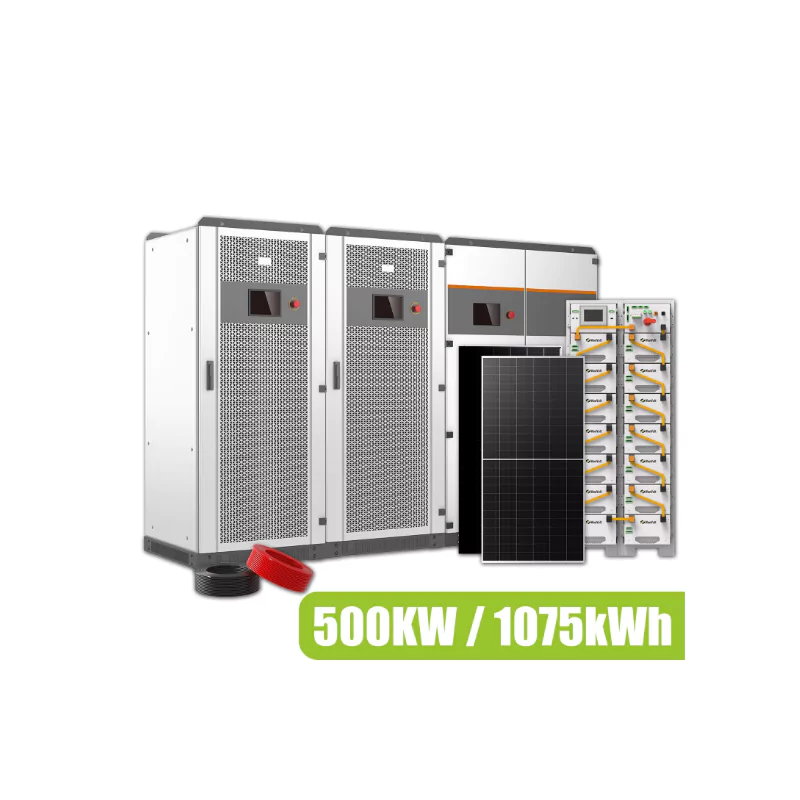Commercial solar providing energy efficiency for businesses is a low-cost and reliable source of electricity that reduces fossil fuel dependence and daytime energy costs. Companies can use on-site solar or off-site solar farms to generate clean energy that helps reduce operating costs while pulling their weight towards environmental conservation.

The Benefits of Implementing Commercial Solar Power
Reduce Operational Costs
Incorporating solar into your business operations is a great way to eliminate electricity costs. With the on-site generation of electricity, you are reducing your reliance on utility companies and their ever-changing prices. It enables businesses to plan accordingly to where they should spend their cash. Moreover, photovoltaic panels often last for more than 25 years, securing savings for years on end.
Achieve Sustainability Goals
Renewable energy sources such as solar help in achieving sustainability goals. Solar systems harness clean energy with minimal greenhouse gas emissions and dependence on fossil fuels. Renewable energy business transformation demonstrates a business responsible approach towards the environment.
How Do Solar Solutions Enhance Corporate Social Responsibility?
Solar solution investments play an important role in a company’s CSR. Embracing green technologies shows how businesses fit into the larger picture of tackling climate change as well as encouraging more people to use renewable energy resources. Stakeholders and customers who appreciate sustainability-oriented initiatives resonate with this proactive stance.
Key Components of a Commercial Solar Energy System
What Role Do Photovoltaic Panels Play in Energy Conversion?
PV panels form the backbone of a solar power system. They use the photovoltaic effect to convert sunlight into direct current (DC) electricity. N-type TOPCON cells, PERC and advanced technologies increase performance and production, making them ideal for commercial applications.
Why Are Inverters Crucial in a Solar Power System?
Inverters perform a key task, converting the DC electricity produced by the PV panels into alternating current (AC) which is what most commercial equipment runs on. Good inverters minimize energy loss during conversion and work properly while offering long-lasting services, creating a proper solar system. Choosing high-quality inverters according to your operational needs is crucial for the best system performance.
How Do Monitoring Systems Optimize Performance?
For commercial solar installations, monitoring systems are an essential part of ensuring that the solar systems are functioning properly and at maximum efficiency. These systems deliver immediate information regarding power generation, usage trends, and system status. Through quick identification of inefficiencies or faults, monitoring tools provide proactive maintenance and performance tuning.
How Commercial Solar Power Improves Energy Efficiency
How Can Advanced Technology Maximize Energy Utilization?
Bifacial PV modules, which absorb sunlight from both sides and improve total production and output, are among these. Such developments allow businesses to maximize the benefits of their solar investments while minimizing waste. These innovations allow businesses to squeeze the most value out of their solar investments while minimizing waste.
What Is the Role of Battery Storage in Energy Management?
Battery storage systems play a crucial role in storing excess energy produced by solar panels during peak sunlight hours. They provide a means for storing energy when it will not be used immediately, and they can store more or less energy when needed for low sunlight or high-demand periods.
Tailored Solutions for Businesses: WonVolt’s Commercial Solar Products
Overview of WonVolt’s Innovative Solar Panels
Founded in 2016, WonVolt Holdings Limited is an innovative and service-aware solar technology company. One of the most important decisions to be made when switching to commercial power is the kind of solar panels you want to have. It comes with advanced photovoltaic technology, providing high efficiency and durability. Developed for industrial and commercial (I&C) applications, the N-type TOPCON panels are available in a spectrum of power outputs.
The flexibility in panel selection allows businesses to customize their solar solutions based on specific operational requirements. Whether your focus is on high power output or cost-effectiveness, these options provide tailored benefits.
Customizable Inverter Options from WonVolt
Every commercial solar system consists of inverters that convert direct current (DC) from the panels into alternating current (AC)to run the business. Having high-capacity inverters available for any demanding high-input industrial application ensures seamless energy management integration.
These inverter selections can be tailored to your own electrical consumption and peak loads. However, on choosing the right inverter configuration, you can make sure there is minimal energy loss while converting the energy.
Monitoring and Maintenance Services by WonVolt
With real-time tracking tools, you get information about how much energy is produced, energy consumption trends, and system health. This proactive approach enables the team to plug the leak in case of any inconsistencies that may arise, thus leading to consistency in output.
Advanced maintenance services complement these monitoring solutions by extending the lifespan of your solar investment. Regular inspections and timely interventions minimize downtime and optimize return on investment.
Financial Incentives and ROI for Businesses Adopting Commercial Solar Power
What Tax Benefits and Subsidies Are Available for Solar Installations?
Governments across the globe provide multiple financial incentives for renewable energy to promote its usage on a daily basis. These solar benefits help to significantly offset the initial cost of solar. Such incentives render the adoption of solar power both eco-friendly and economically feasible. This makes switching to solar power environmentally responsible as well as an economically viable choice.
How Do You Calculate the Return on Investment for Long-Term Savings?
The cost of installation versus savings on electricity bills over the long term is what ROI is all about. This is determined by the amount of sunlight your location receives, local utility rates, and the efficiency of your system.
Case in point is an industrial project in Iraq that deployed the 605W panels for a total of 2520 units, besides a battery system with a capacity of 1.5 MWh. These setups show how returns compound over time on good pieces of real estate.
Future Trends in Commercial Solar Power Technology
Commercial solar energy is the future, noting that continuous advances in technology can enhance efficiency and sustainability. New developments like bifacial PV modules that harvest sunlight from both sides offer improved energy generation per unit area.
Emerging trends also include AI-driven monitoring systems that predict maintenance needs before issues arise. These technologies not only improve operational reliability but also contribute to lowering overall lifecycle costs.
FAQs
Q1: What types of businesses benefit most from adopting commercial solar power?
A: Businesses with high energy demands or large rooftop spaces are particularly well-suited for solar installations.
Q2: Is financing an option for commercial solar projects?
A: Sure, most providers either have a leasing arrangement or will offer a power purchase agreement (PPA) to lower upfront costs.
Q3: As a business owner, how can I figure out which panel types are right for my business?
A: Your selection process should be guided by your space available, budget and energy needs, and it is desirable to rely on the experts for those purposes.

